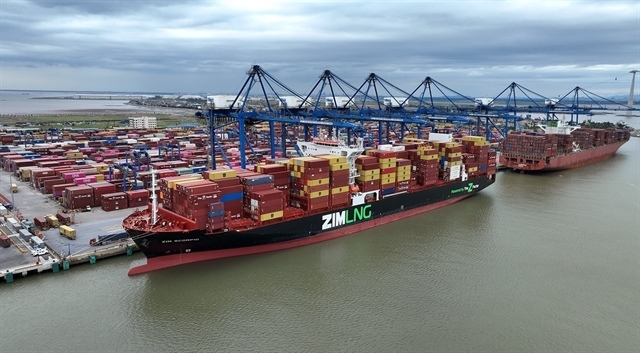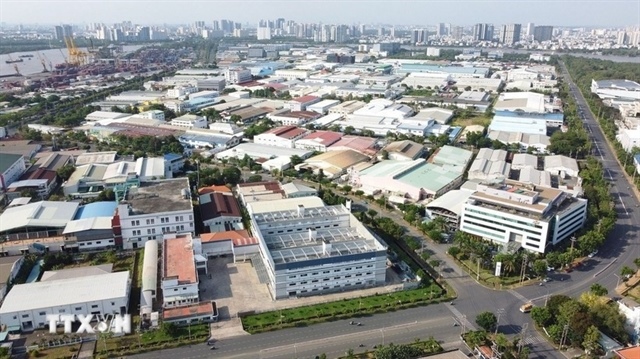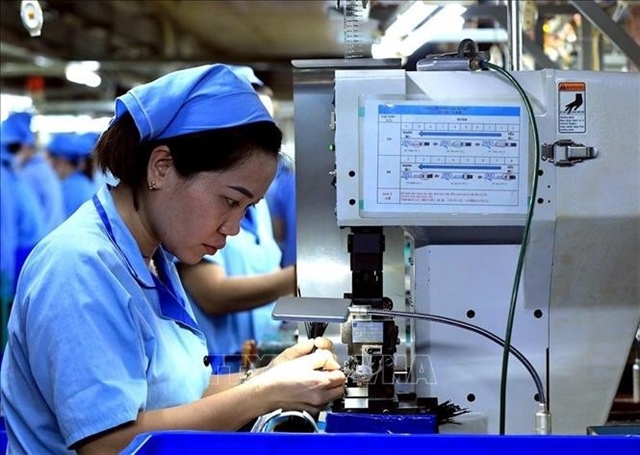East-West Economic Corridor hits roadblocks
East-West Economic Corridor hits roadblocks
Red tape and inconsistent trade and immigration policies are hindering the development of the East-West Economic Corridor, a 1,450km highway linking 19 provinces in Viet Nam, Laos, Thailand and Myanmar, says the former director of the Institute of World Economics and Politics, Luu Ngoc Trinh.

The central city of Da Nang was strategically located as the corridor's gateway to the East Sea shipping, Trinh said, but the city had yet to fully exploit its advantages. Last year, for instance, the combined import and export value of the city to the other three countries along the corridor was US$50 million, or only about half-a-per-cent of the national trade value.
Trinh blamed the modest value on cumbersome administrative procedures that have scared off investors, constrained the flow of goods and passengers, and increased time and costs for businesses.
Procedures for immigration and import-export activities along the corridor were also inconsistent, he said. At the border gate between Thailand and Laos, he noted, drivers were required to report information in six categories to pass through the border gate, but at the border between Viet Nam and Laos, 46 categories of information were required.
Marine shipping costs were also inflated. Freight for a 20-feet container on the 1,000-nautical-mile voyage from Bangkok to Hong Kong was $200 while the same container departing from Da Nang to Hong Kong, a trip of just 511 nautical miles, carried freight charges of $350. Such high charges have left Viet Nam's logistics services less competitive.
Since June 2009, pursuant to an agreement of the four countries, righthand-drive vehicles have been authorised to operate on the entire length of the corridor, yet Viet Nam continues to block vehicles with steering wheels on the right to enter from Laos or Thailand.
To avoid cumbersome procedures to apply to use righthand-drive trucks, many Vietnamese exporters have opted to tranship at the border with Laos, a measure that drives up costs.
Trinh said that countries along the corridor needed to boost co-operation to develop consistent policies, including custom clearance procedures and toll collections.
Policies should be made simple, consistent, quick, convenient and effective, said the former head of the domestic market department of the Ministry of Industry and Trade, Hoang Tho Xuan.
Co-operation should also be increased among border police, customs officials, and healthcare and quarantine officials to help facilitate the flow of goods and passengers along the entire corridor, Xuan added. A detailed development plan for seaports and the airport in Da Nang was also needed to help the logistics industry to develop in the city, he said.
vietnamnews
























